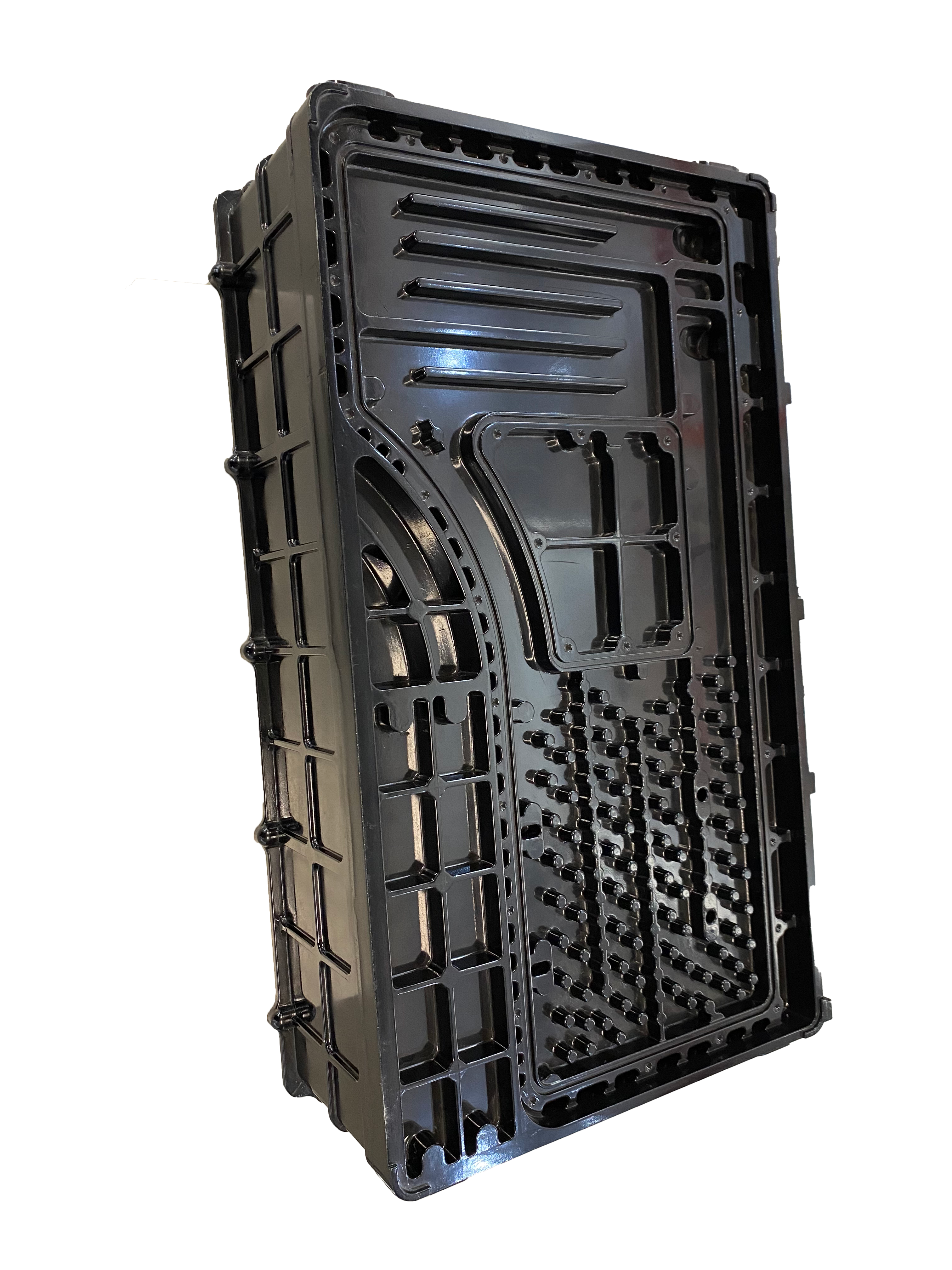Email format error
Email cannot be empty
Email already exists
6-20 characters(letters plus numbers only)
The password is inconsistent
Email format error
Email cannot be empty
Email does not exist
6-20 characters(letters plus numbers only)
The password is inconsistent

News
What Are the Surface Treatment Methods for Electroplating of Aluminum Alloy Die Castings?
Die casting aluminum alloys contain 6.5% ~ 7.5% silicon, and the high silicon content makes the material have good fluidity during the die-casting process. Die-cast aluminum is light in weight, good in mechanical strength, good in electrical conductivity, good in thermal conductivity, non-magnetic, can be used in die-casting technology, and has high dimensional accuracy. However, the adhesion of the die-casting aluminum alloy layer is poor, and the corrosion resistance needs to be improved. Its cost and function can be seen as the treatment of electroplating colored zinc and chromate.

What Are the Surface Treatment Methods for Electroplating of Aluminum Alloy Die Castings?
Die-cast aluminum alloy surface electroplated with color zinc
Aluminum itself is an amphoteric metal and is not stable in acidic or alkaline solutions. In addition, the die-cast aluminum alloy itself has a loose structure, and there are defects such as blisters and pores, which often affect the quality of the coating. After proper application, the electroforming of die-casting parts becomes easy, the galvanized layer is about 10μm, and then after treatment, the resistance of die-casting aluminum alloy can be doubled, and the organic protective film can be impregnated in to prevent the discoloration of colored zinc.
Chromate treatment of die-cast aluminum alloy surfaces
After the die-casting aluminum alloy is treated, it can be directly treated with chromate to obtain a passivation film on the surface. The film can be colorless to yellow as required, and does not affect the surface resistance to meet the three-property requirements of the product. It can be sprayed after chromate treatment.
Requirements for surface quality of die casting electroplating
Workpiece geometry design
When designing the geometry of zinc alloy castings, structures such as blind holes and deep grooves should be avoided as much as possible. Therefore, drainage process holes need to be left to facilitate the flow of solutions and gases without affecting the appearance and the site of use. In this way, not only can the plating be performed well, but also the degree of contamination of the plating solution can be reduced.
Die Design and Die Casting Process of Die Casting Parts
The surface of the zinc alloy die casting is a dense layer with a thickness of about 0.1 mm, and the interior is a loose porous structure. During the mold design and die casting process, try to make the workpiece surface as smooth as possible to reduce casting defects such as cracks, pores, cold insulation gaps, flashes and burrs. Therefore, mechanical cleaning is necessary. At this time, damage to the surface dense layer should be avoided, so as not to expose the porous substrate, causing plating difficulties and affecting the plating quality. Release agents are commonly used in zinc alloy die casting. Attention should be paid to the use and removal of release agents, which are one of the factors that affect paint adhesion.
Material selection for workpiece
Commonly used zinc alloy materials for electroplating are 2znal43, 2ZnAl43, 2znal40.5 and 2ZnAl43. The most commonly used brands are znal25 znal903, but znal903 is better than znal925.
In addition, in the die casting process, the proportion of partially recycled materials should be controlled at 15%, preferably not more than 20%. Since other (such as silicon) components are easily doped into the recycled material, the adhesion of the coating can be affected. If castings from more recycled materials are used, activation is best used for electroplating.
Conclusion
For more information about aluminum die casting machine parts,alloy die casting brakes,copper die casting process, we are glad to answer for you.

